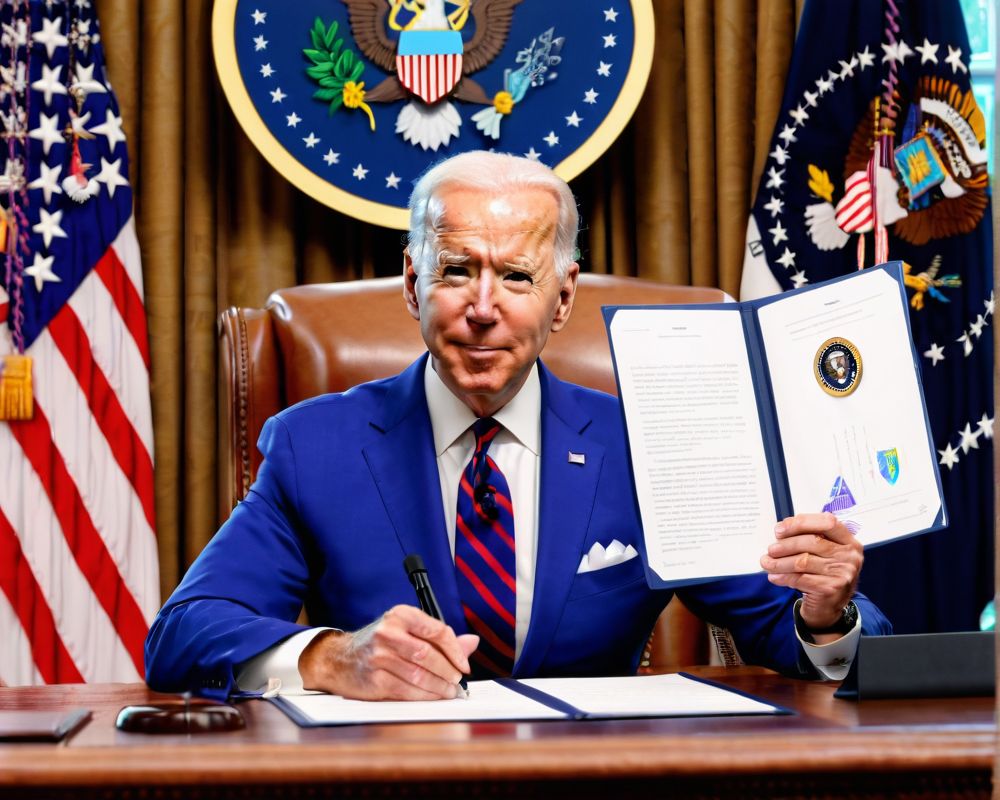New Executive Order Overview
On October 30, President Joe Biden rolled out an executive order that sets a new paradigm for artificial intelligence (AI) safety and security. This isn’t just bureaucratic fluff; it’s a serious attempt to establish guidelines that could help steer the ever-expanding AI ship away from potential icebergs.
Six Key Standards for AI Developers
Let’s talk about the six primary points outlined in this order:
- Transparency for Powerful AI Systems: Developers of advanced AI technologies are now required to share safety test results and critical data with the government. Think of it as a tech version of showing your work in math class.
- Standardized Tools and Tests: The National Institute of Standards and Technology is set to kick-off the development of tools specifically designed to ensure AI safety. Imagine a lab bubble for AI where everything is checked and double-checked.
- Biological Safety: The administration is addressing a potentially troubling risk: the use of AI to create hazardous biological materials. New screening standards will be introduced — because we can’t afford a rogue AI trying to make bioweapons on a Friday afternoon!
- AI Fraud Protection: Enter the era of spawn-spotting AI-generated fraud. The order pledges to establish best practices for detecting shady AI content. If it walks like a duck and quacks like a duck, it might just be AI trying to pull a fast one.
- Bolstering Cybersecurity: Up next is a commitment to enhance cybersecurity through AI tools aimed at identifying and fixing software vulnerabilities. We need our defenses to have as much brainpower as the attackers!
- National Security Memorandum: The executive order also sets the stage for developing a national security memorandum to guide future strategies in AI security.
Civil Rights and Privacy Considerations
Biden’s order didn’t shy away from addressing crucial concerns about privacy risk. He warns that without robust safeguards, AI could exacerbate privacy invasions:
“AI not only makes it easier to extract, identify, and exploit personal data, but it also heightens incentives to do so.”
As a remedy, he called on Congress to pass bipartisan data privacy legislation that prioritizes federal investment in research for privacy-enhancing technologies. Sounds serious? It is!
Equity, Jobs, and AI’s Societal Impact
The administration is also focusing on equity and civil rights, ensuring that AI’s benefits are equitably shared. Moreover, they will be keeping a finger on the pulse of AI’s impact on the job market. Could AI be the villain of unemployment stories, or the hero that creates new forms of job security? Only time will tell!
Global Alignment on AI Regulations
Biden’s order includes a strategy for engaging in global discussions about AI regulations. As one of the seven G7 countries to join hands on a voluntary code of conduct for AI developers, the U.S. aims to lead rather than follow. This isn’t just about the U.S.; it’s a game of international follow-the-leader.
Conclusion
In summary, Biden’s executive order on AI safety is more than just a political gesture—it’s a multifaceted approach to navigate the complicated waters of AI technology. With key regulations and collaborative efforts on the horizon, we might just steer the world’s most powerful algorithms towards a safer future. Or, you know, at least keep them from starting any apocalyptic scenarios. Fingers crossed!




